To jump to the first part in this series, click here.
You can hardly go two steps in Chattanooga without running across a promotion of some sort for a series of tourist attractions outside of town on Lookout Mountain. While “Rock City” and an incline railway held less appeal than their tourist-trap prices could probably sustain, we did pay our fare for Ruby Falls, a 150-foot natural waterfall deep inside the mountain which was discovered and excavated in the 1920s and 1930s, and “improved” on various occasions since then, but still has a relatively low-key, roadside attraction feel that means the actual sensation of going deep inside a cave hasn’t been entirely malled over.
The sensation of having gone back to at least the 1950s persisted for much of the drive back from Chattanooga; with the mountains limiting radio reception, often times we’d scan the AM dial and turn up only a single working station, playing lugubrious white gospel music interspersed with bits of earnestly unvarnished preaching, as if the blow-dried “happy talk” televangelism of the 70s and 80s had never happened.
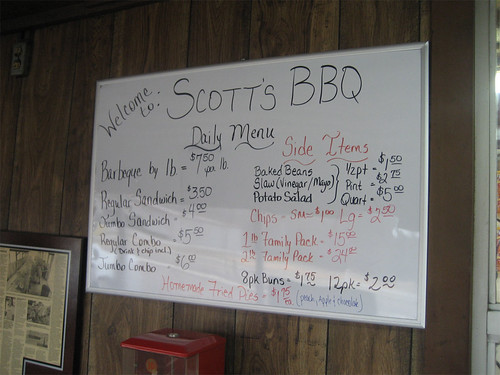
A similar out of time air, Dairy Queens of the Ford Administration, hung over our lunch stop, Scott’s Barbecue in Lexington, Tennessee (I point out the state so you don’t confuse it, as I did at first, with Lexington, Kentucky). Pigmon, again, had highly recommended this stop, having taken some marvelous photos of whole hogs cooking there last year, and so had the entire Southern Foodways Alliance. Unfortunately for us, it became something of an object lesson in how you can be at the right place and yet fail to have the right experience. The sky was gray so my pictures were dull:

I foolishly ordered hot sauce on my sandwich, largely negating the flavor of the meat:
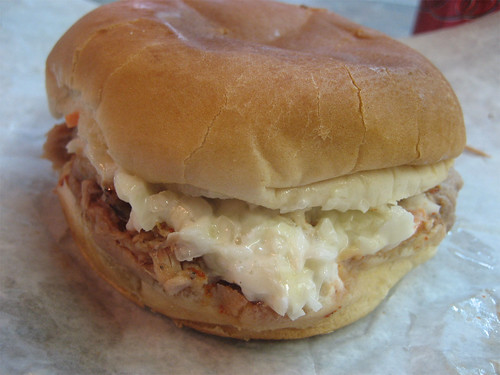
and anyway, I later learned as I read the walls that I was supposed to order what part of the pig I wanted my meat from (clueless city slickers!) What part of the pig? Jesus, how should I know? And so what had been one of Pigmon’s culinary high points was just in the middle of the pack for me.
* * *
Some notes on other places we grabbed a bite in Memphis:
Flying Fish— a mostly fried seafood place just north of the Beale Street tourist singularity, blurring the line between real and ersatz pretty completely. The kids really liked it for some reason, so we went twice, it was useful to have a reliably decent place near the tourist stuff.
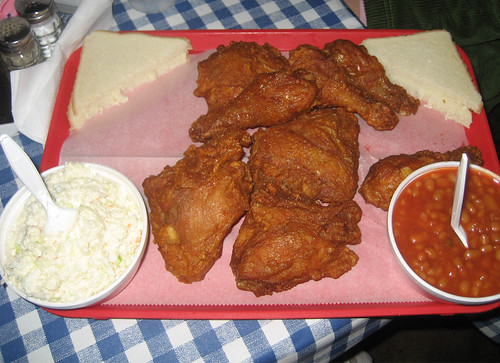
Gus’ Fried Chicken— When it comes to famous fried chicken places, I’m all for pan-fried over deep-fried, deep-fried requires an armor-plated coating to withstand bouncing around in the fryer. But as deep-fried goes, Gus’ is top-notch, comparatively delicate and with a vinegary tang to the crust. I bought my older son a Gus’ T-shirt to go with his Roscoe’s Chicken and Waffles one.
Automatic Slim’s Tonga Club— This turns up on Roadfood.com as if it’s a genuine 50s tiki place. In fact it’s a modern yuppie theme restaurant serving the usual square of grilled fish on a mound of black rice, that sort of thing. Not bad of its type, but not what I thought it would be at all.
Blue Plate Cafe— Another place mentioned on Roadfood, the bigger downtown branch of a well-loved little neighborhood cafe serving the standard southern breakfast stuff. Unfortunately everything— pancakes, biscuits, you name it— fell a little short of what it should have been; I was very glad to make it (also on the Sterns’ recommendation) to Blue and White in Tunica the next day, and have the real deal, first rate.
Huey’s— A much-loved, collegiately-oriented burger joint that routinely wins Memphis’ Best Burger in the local publications. Well, nobody said Memphis was a burger town.
* * *

Saturday we had hours to kill before the train left late that night, and did every little museum open within walking distance of The Peabody, where we had stayed the last couple of nights after our Chattanooga sojourn (well worth the money, especially since it’s half the money of a comparable five-star place in a bigger, coastal city; the kids loved the duck parade in the lobby and saw it five times in two and a half days, I thought the sheets were the nicest I’ve ever slept on). Most interesting was the Cotton Exchange, the one-time exchange floor where cotton was traded, which spawned a whole subculture (from raffish after-hours poker games where the real deals were made, to the high society Cotton Ball— and, inevitably, its counterpart in the black community).
At last our train arrived from New Orleans, and boarding, we went quickly to sleep. Morning would bring our last meal of the trip:

which was not, by any means, terrible. Having ended our trip at the genteelly white Peabody and Cotton Exchange, we had strayed pretty far from our original intention of retracing black migration, and yet the trip was still evocative of so much we had seen. The winter Illinois landscape in pale morning light was worthy of Andrew Wyeth, the industrial landscape of the south side echoed with memories of when it had called to the black South like a promised land. A new generation of immigrants to the North was busy making tacos and pambazos at Maxwell Street as we rumbled by on the tracks above them. And then, like so many on this train before us, we were home, sweet home Chicago.
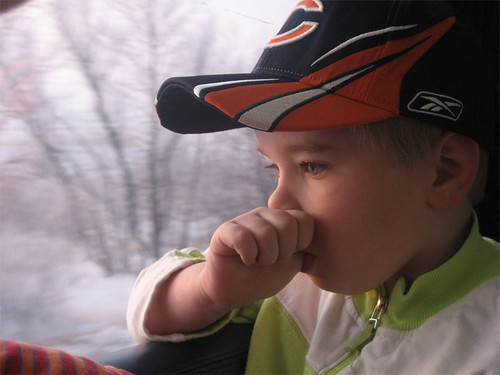
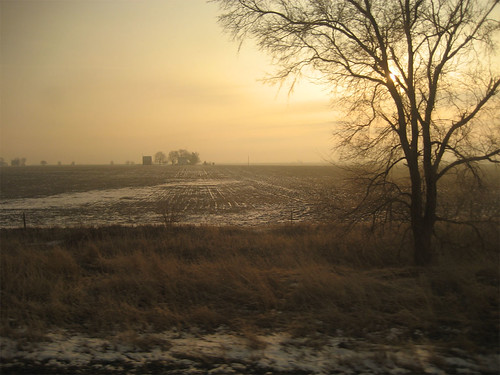
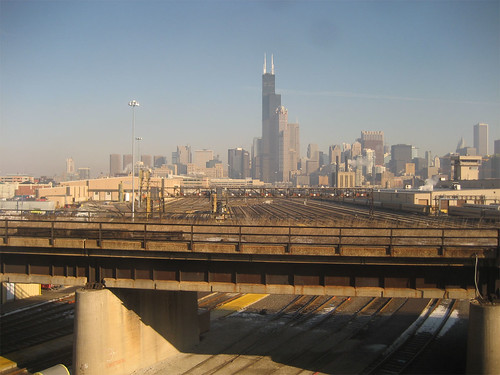



 If you like this post and would like to receive updates from this blog, please subscribe our feed.
If you like this post and would like to receive updates from this blog, please subscribe our feed.




